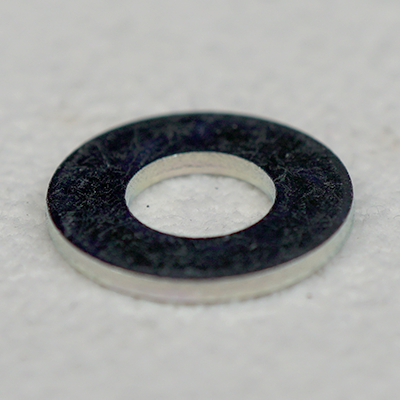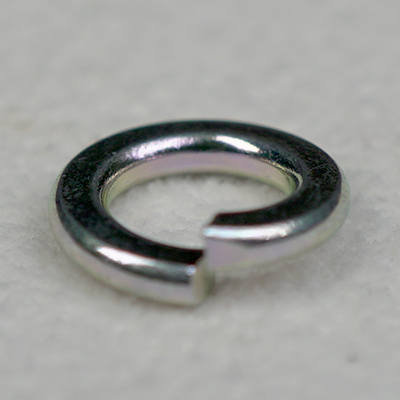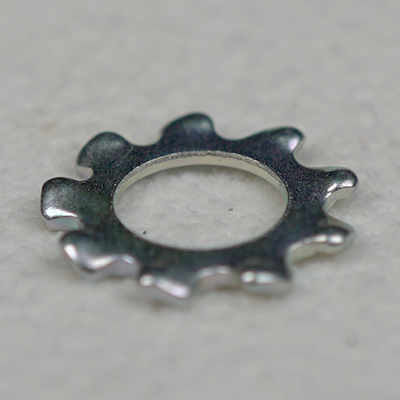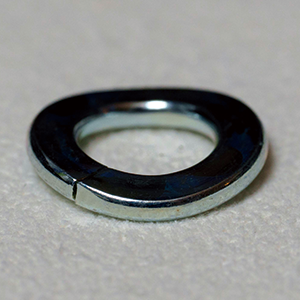Product introduction
HomeProduct introductionWasher
Product introduction
Washer
Washer is to be inserted between the seating surface and the tightening part of bolt, screw, nut, etc., it has a loosening prevention effect.
Flat washer
Flat washer is placed between the seat surface and the fastening part, when tightening small screw and bolt. By inserting it under the screw, the contact area of the screw increases, allowing the applied pressure on the secured item to be distributed evenly. This can help prevent damage to the secured material and reduce the loosening of the screw.Spring washer
When tightening by sandwiching between bolts and nuts, the cut surface is pressed down and deformed. Spring washer demonstrates its locking effect due to the repulsive force generated at that time.Outer toothed lock washer
Toothed lock washer is a washer that has teeth raised on the outside at the time of tightening, allowing it to bite into the joining component and provide a locking effect against loosening. It is also used at the installation point of the grounding terminal to ensure electrical continuity. Washer with teeth on the outside is called 'Outer toothed', while the one with teeth on the inside is called 'Inner toothed'. Outer toothed washer has a greater number of teeth than Inner toothed, resulting in a higher anti-loosening effect.Wave washer
Wave washer refers to a wave-shaped spring washer. It is made by adding waves to a thin circular plate and is widely used as a spacer spring. Applications include preventing component wobbling, cushioning when a load is applied, and preventing loosening.








